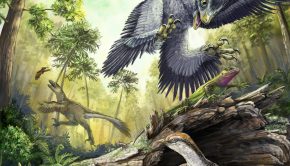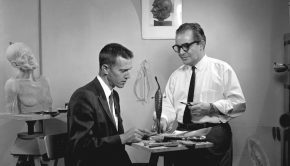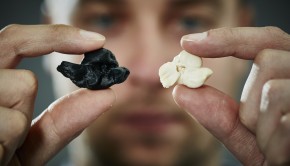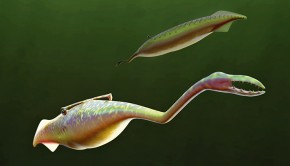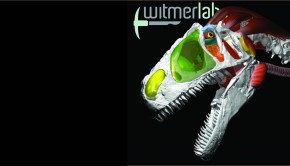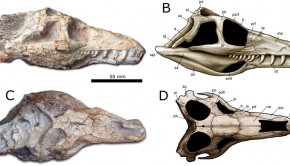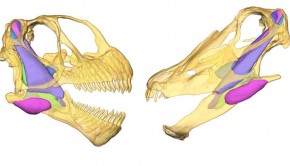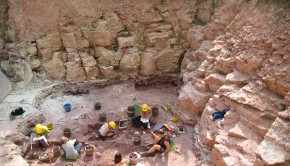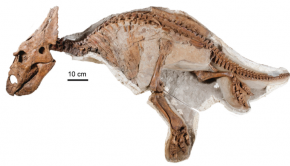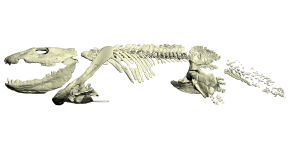April 21st, 2016 | by Liz Martin-Silverstone
The extinction of non-avian dinosaurs at the end of the Cretaceous has always been a discussion favourite amongst vertebrate palaeontologists. [&hellip
April 13th, 2016 | by David Marshall
Science is a process and so the door to the revision and refinement of hypotheses must always be left open. [&hellip
April 13th, 2016 | by Liz Martin-Silverstone
Echolocation is an amazing ability that some mammals have evolved. Using sonar frequencies, dolphins and other toothed whales can communicate [&hellip
March 18th, 2016 | by David Marshall
Tullimonstrum gregarium, better known as the ‘Tully Monster’ is a problematic fossil from the Late Carboniferous Mazon Creek lagerstätte, Illinois, USA. [&hellip
March 16th, 2016 | by Caitlin Colleary
Dr. Larry Witmer’s lab at Ohio University studies the anatomy of modern animals to make interpretations regarding the functional morphology [&hellip
March 15th, 2016 | by Liz Martin-Silverstone
Archosauriforms are some of the most well studied fossils in existence, including birds, crocodiles, dinosaurs, pterosaurs, and their ancestors, first [&hellip
March 4th, 2016 | by Joe Keating
Diet is perhaps the most important aspect of ecology. As such, understanding the diet of extinct animals is crucial if [&hellip
February 22nd, 2016 | by David Marshall
Beneath the city of Chemnitz, Germany, exists a entire fossilised forest. This whole ecosystem was preserved in life-position during a [&hellip
January 18th, 2016 | by Liz Martin-Silverstone
Juvenile dinosaurs are less common than adults, and typically not as well preserved due to the fact that their bones [&hellip
January 15th, 2016 | by Liz Martin-Silverstone
One of the most difficult aspects of palaeontology is understanding how extinct animals moved around. It’s one thing to find [&hellip

